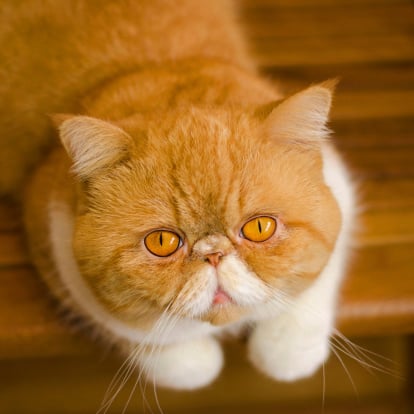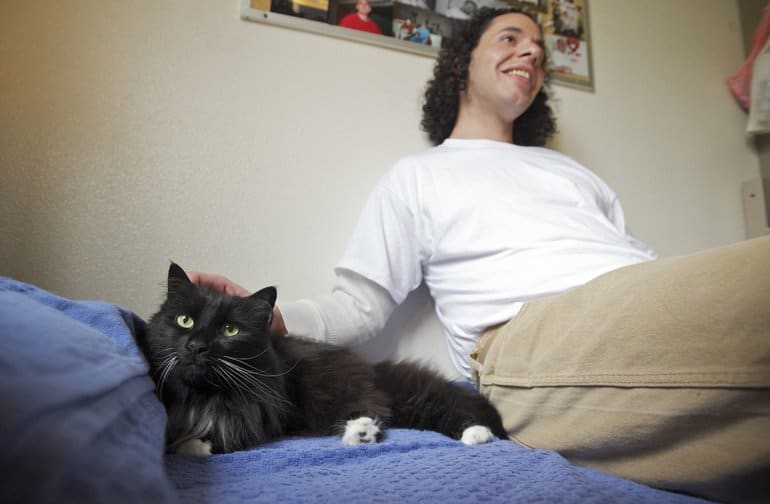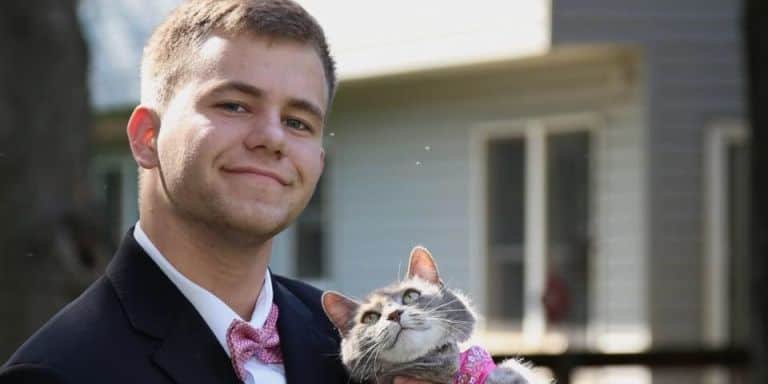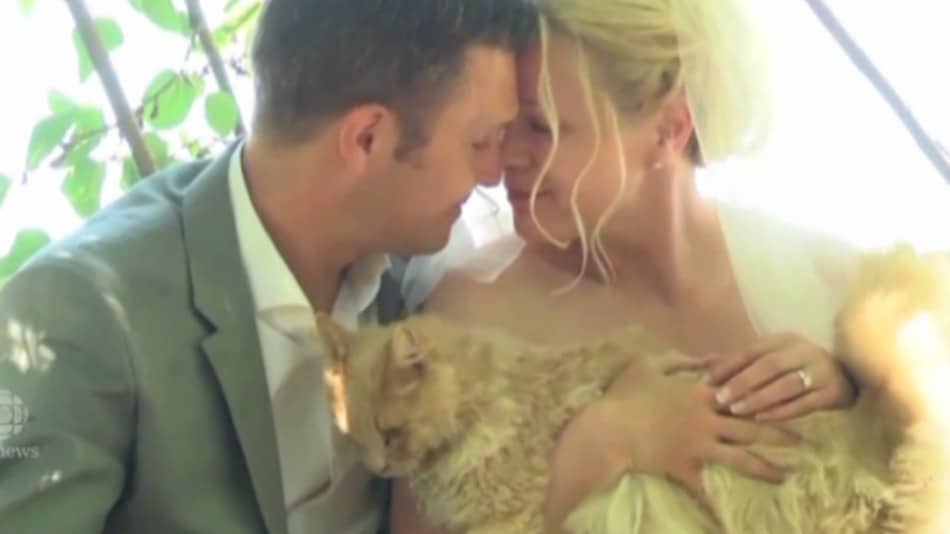Cats are mysterious and enigmatic creatures, often communicating their feelings and intentions through subtle body language. One such signal that piques the curiosity of many cat owners is the so-called “airplane ears” posture.
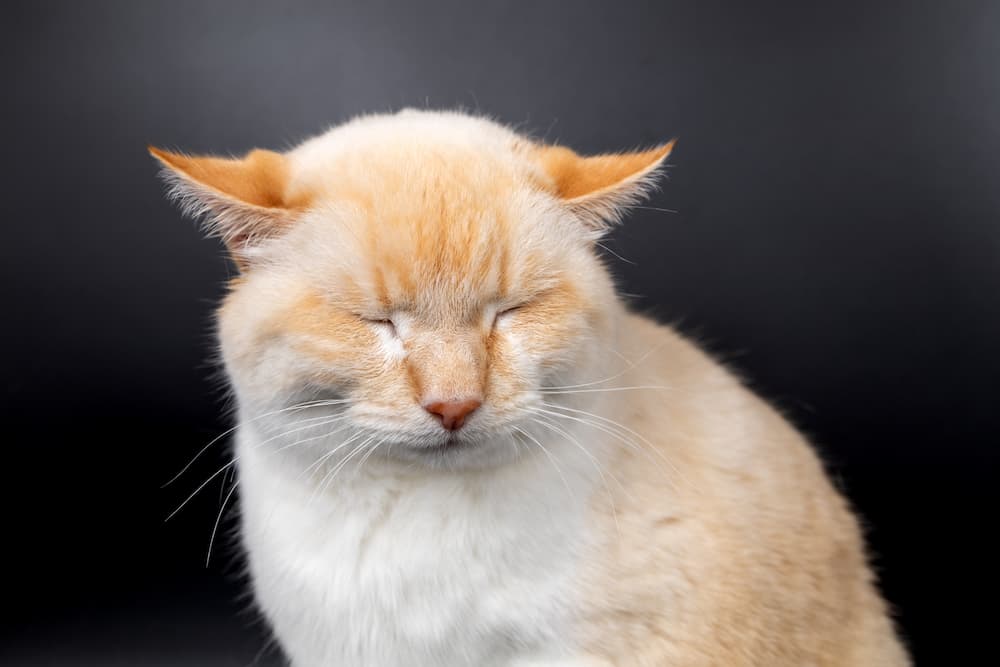
This article will delve into understanding why cats make “airplane ears,” the possible reasons behind it, and what you can do to make your feline friend feel more at ease.
What are “Airplane Ears”?
The term “airplane ears” refers to a specific position in which a cat holds its ears. In this position, the ears are flattened and rotated sideways, resembling the wings of an airplane. This is a distinct position from the relaxed upright stance typically seen when a cat is content or the ears being pinned back against the head, often associated with aggression.
Possible Reasons for “Airplane Ears”
1. Fear or Anxiety
One of the most common reasons for a cat displaying “airplane ears” is fear or anxiety. Cats are highly sensitive creatures, and they can become anxious due to various factors. For instance, they might be reacting to a sudden loud noise, unfamiliar people or animals, changes in their environment, or even specific smells.
2. Illness or Discomfort
Sometimes, “airplane ears” can be a sign that your cat is not feeling well. Some illnesses, like ear infections or dental diseases, can cause discomfort, resulting in your cat holding its ears in this particular way. If your cat’s “airplane ears” are accompanied by other symptoms like lethargy, loss of appetite, or changes in behavior, it would be prudent to consult a vet.
3. Focus or Concentration
On occasion, “airplane ears” might simply indicate that your cat is very focused or concentrating on something. Cats might display “airplane ears” when they’re listening to a specific sound or watching something intently.
How to Help Your Cat Feel More Calm
It’s essential to remember that body language like “airplane ears” is a form of communication from your cat. Acknowledging these signs and responding appropriately can significantly help in making your cat feel more secure and comfortable.
1. Provide a Safe Space
If your cat is scared or anxious, creating a safe, quiet space where they can retreat might help them calm down. This could be a cozy corner with their favorite blanket or a secluded spot where they can hide.
2. Minimize Stressful Situations
Try to reduce the number of stress triggers in your cat’s environment. For example, if your cat gets anxious around strangers, try to limit their exposure. If loud noises scare them, consider using noise-cancelling devices or playing soft music to mask the sounds.
3. Regular Vet Check-ups
Regular vet check-ups are vital to ensure your cat is in good health. If your cat frequently displays “airplane ears” and you suspect it might be due to discomfort or illness, a vet can provide a proper diagnosis and treatment plan.
4. Use Calming Products
There are various products available on the market that can help soothe an anxious cat, such as Feliway diffusers, calming collars, or anxiety wraps. These products work by releasing pheromones that have a calming effect on cats.
In conclusion, “airplane ears” in cats can signal a range of emotions and states, from fear and anxiety to concentration. Being aware of this subtle form of feline communication and responding with understanding and care can significantly improve your relationship with your cat and help them feel more secure and loved.
The Catington Post is reader-supported. That means, if you make a purchase through links on our site, we may earn an affiliate commission. All images and names which are not the property of The Catington Post are the property of their respective owners.
